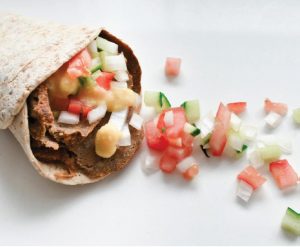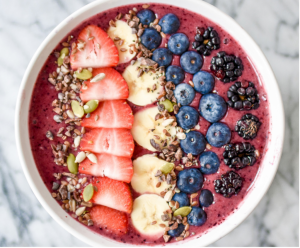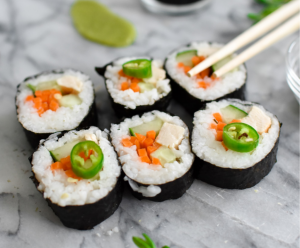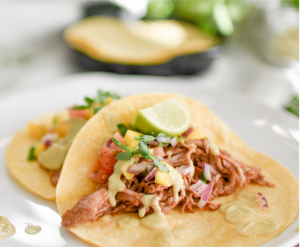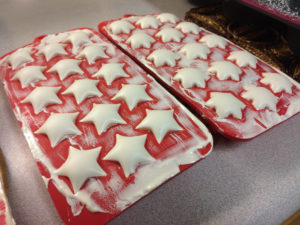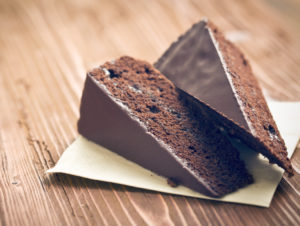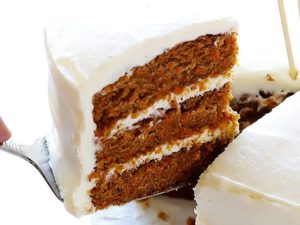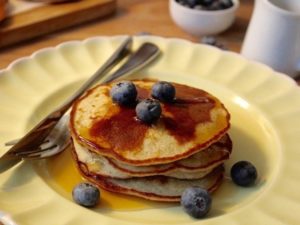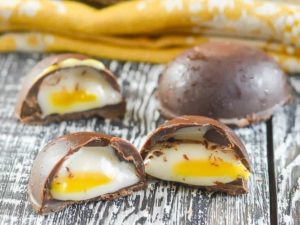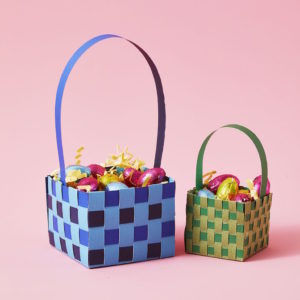Holidays this month will be spent differently this year, with families staying home rather than gathering with others to celebrate traditions. We’ve put together a list of useful tips to help you and your loved ones celebrate safely at home. Check them out!
Kitchen tips
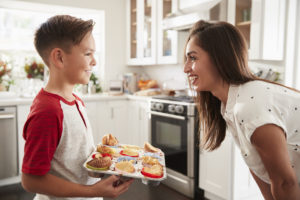
- Now is a perfect time to get your family involved with meal planning. Review safe practices together, such as replacing ingredients in favourite recipes to make them safe to eat.
- Wash hands thoroughly before and after working in the kitchen.
- Use a dedicated cutting board for allergy-safe meal preparation.
- Cook meals that are free of the person’s allergens first, using separate cookware and serving utensils.
- Keep the allergy-safe food covered in a separate space where it will not come into contact with other foods, while preparing foods that contain allergens.
- Do not use the same utensils when serving food to the person who has the food allergy.
Food label reminders

- The packaging of holiday-themed products can be different. Be sure to read ingredient labels carefully and thoroughly from top to bottom and check the entire package. Food companies do not have to make allergens stand out in any way (e.g. bolding, italicizing, or underlining the print) on the label.
- Do the triple check. Read labels:
- Once at the store before buying a product.
- Once when you get home and put it away.
- Again, before you serve or eat the product.
- If you have a particular product in mind, do your online research before heading to the grocery store – it also saves time!
- If you are ordering a product online and are unsure about the ingredient listing, contact the manufacturer to find out if it contains an allergen.
- Food companies may use “free from” statements such as “peanut free” or “milk free”. Read these carefully as they do not replace the need to read the ingredient list.
Make an allergy-friendly recipe
- Download one of our allergy-friendly recipes that are delicious and nutritious. Plus, they also make for a great at-home activity. Check out the recipes:
- Be creative in the kitchen while substituting priority food allergens with other things in your pantry. Check out this substitution chart from registered dietitian, Linda Kirste. She also includes a few recipes you may find helpful.
- Discover more recipes from our adult bloggers. Note that some of the recipes may contain priority allergens. Please use this substitution chart and check all ingredient lists to ensure this recipe is safe for you.
Focus on non-food treats and activities for Easter

- Make a non-food Easter egg hunt. Use plastic eggs that you can fill with non-food treats, such as stickers, erasers, small action figures, and other little treasures before hiding. (Choking-hazard alert: Be sure to keep these small items out of the reach of younger children!)
- With a slight tweak, your Easter event can become a scavenger hunt for non-food items too large to include in a plastic egg. Depending on your budget, some examples include Easter or spring-themed colouring books, markers and crayons, modeling clay, small toys, stuffed animals, gift cards, DVDs, skipping ropes, and trading cards (e.g., Pokémon).
- Get crafty: Finally, since the only limit to an Easter-themed event is your imagination, there’s no need to go hunting at all. Instead, another fun option for kids is crafting. Whether it be colouring, decorating an Easter basket, or creating felt rabbit ears, a group arts and crafts session is great fun for the whole family.

